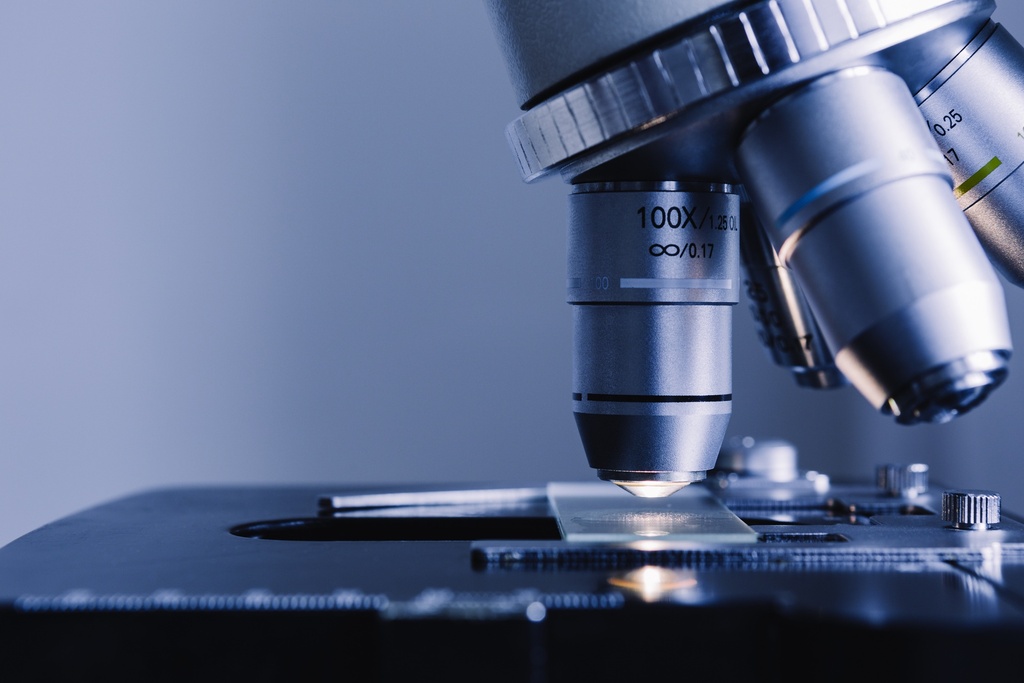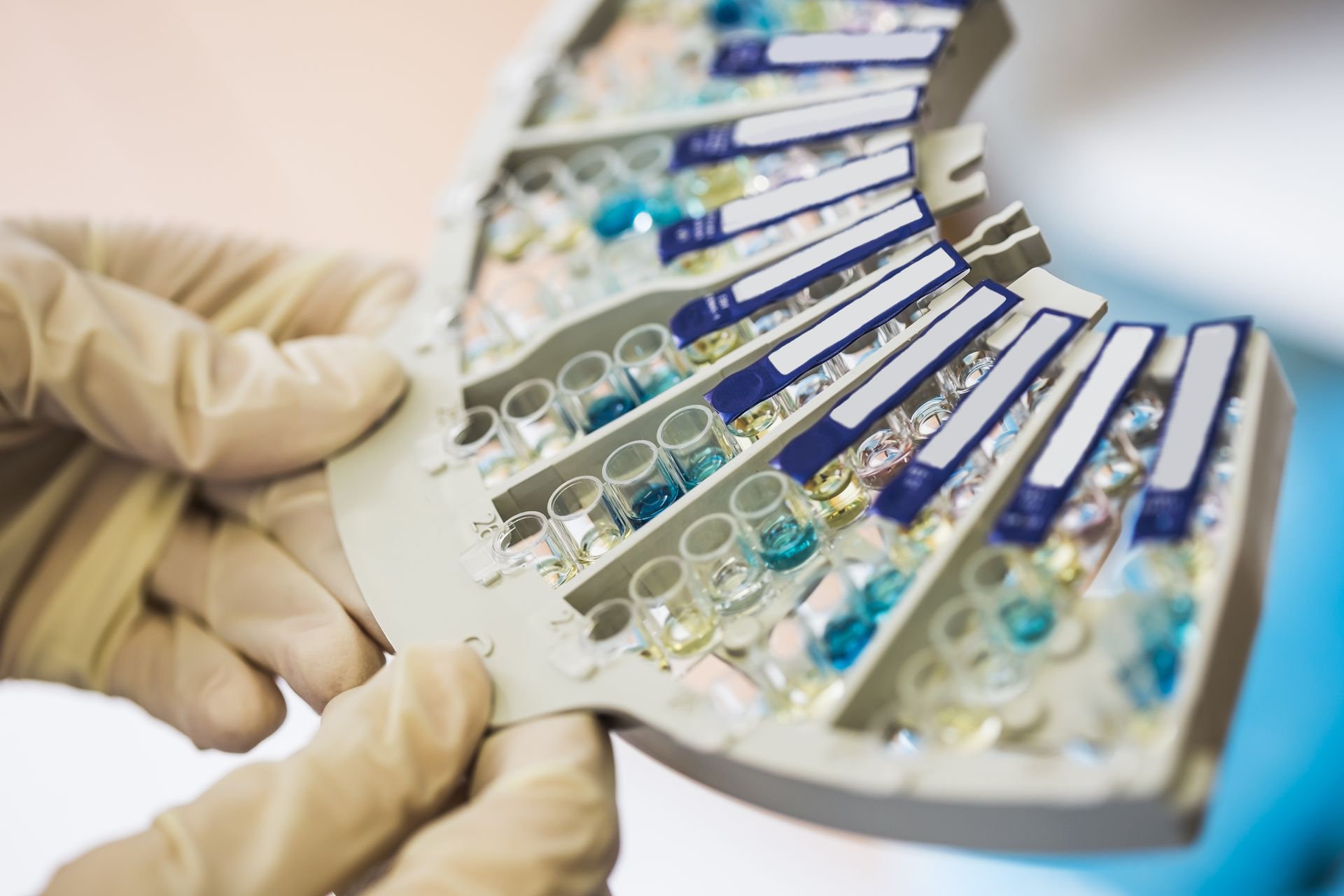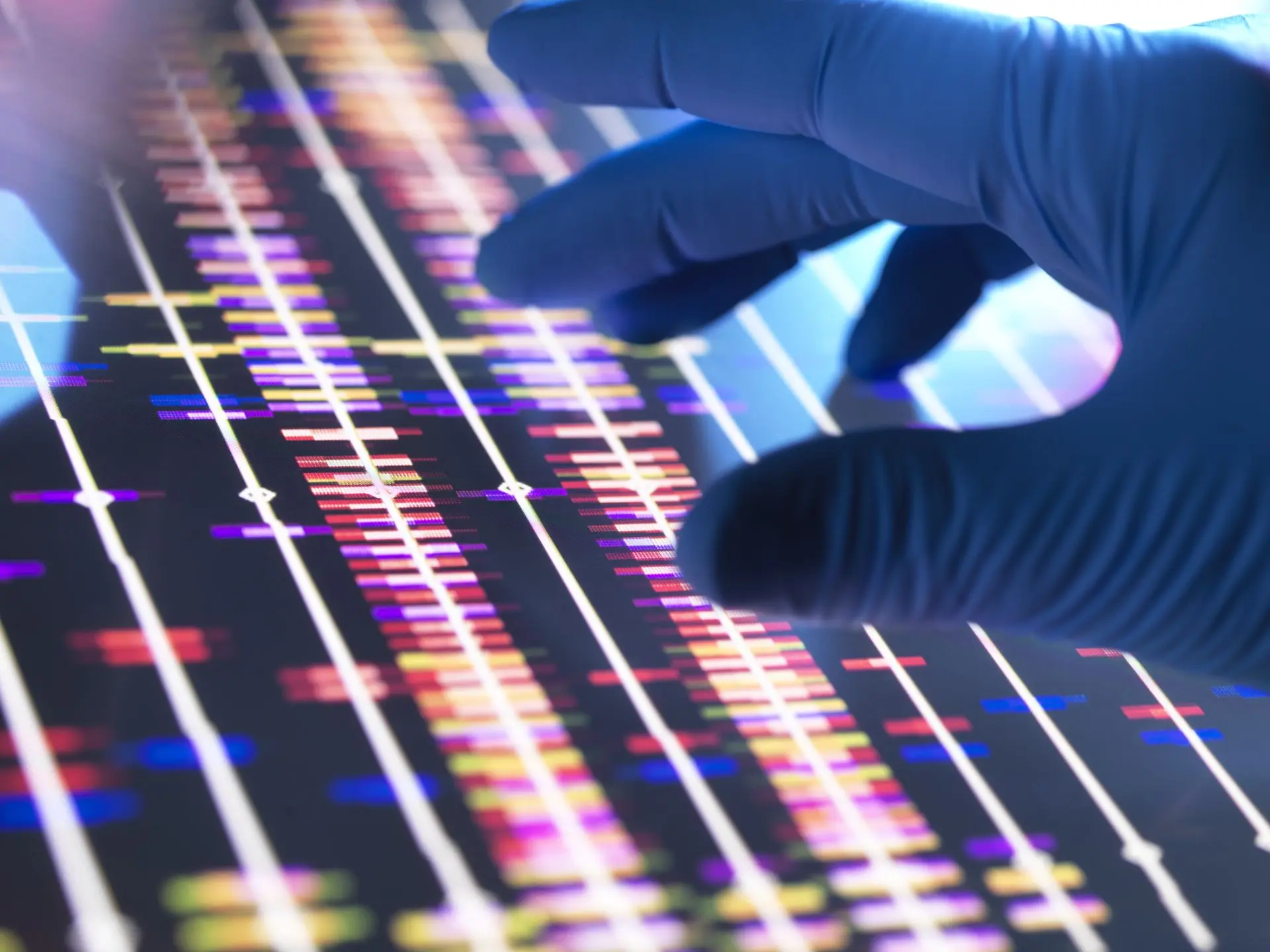Monkey Skin cDNA
Order Monkey Skin cDNA today and enhance your research on skin monkeys and monkey skin at an affordable price. Unlock the potential of gene expression studies in monkey skin research with Gentaur.
Order Now
Monkey Skin cDNA is a high-quality complementary DNA derived from skin monkey tissue, offering researchers an invaluable resource for gene expression studies, functional genomics, and biomedical research. Ideal for studies in skin biology, monkey skin gene regulation, and cell differentiation, this cDNA is essential for molecular studies of monkey skin and related research.
Key Features:
- High-Quality cDNA: Extracted from skin monkeys, this cDNA provides a reliable representation of the genetic material from monkey skin tissues.
- Versatile Application: Ideal for a range of research applications, including gene expression analysis, PCR, and qPCR.
- Optimized for Skin Research: Specifically designed for monkey skin studies, including neurobiology, dermatology, and genetics.
- Accurate and Reliable: Offers high reproducibility for studies involving monkey skin genes and proteins.
Applications:
- Gene Expression Studies: Analyze skin monkey gene expression in relation to diseases and developmental biology.
- Skin Research: Explore skin monkeys' unique gene pathways to enhance understanding of skin disorders and wound healing.
- Functional Genomics: Use monkey skin cDNA in functional genomics to investigate the roles of specific genes in monkey skin physiology.
Why Choose Monkey Skin cDNA?
- Perfect for Skin Studies: Whether you're investigating skin monkey genes or studying dermatological conditions, this cDNA provides the critical tool for your research.
- Top Quality: With its pure and intact genetic material, Monkey Skin cDNA is highly suitable for all gene-based assays.
- Research-Ready: Ready for use in genetic studies, RNA analysis, and gene regulation research, enabling breakthroughs in monkey skin biology.
Order Monkey Skin cDNA today and enhance your research on skin monkeys and monkey skin at an affordable price. Unlock the potential of gene expression studies in monkey skin research with Gentaur.

Product Features !
Benefits of Using Monkey Skin cDNA for Gene Expression Profiling and Molecular Diagnostics
In modern biomedical research, monkey skin cDNA has emerged as a valuable tool for gene expression profiling and molecular diagnostics. Derived from the skin tissue of primates, this monkey skin cDNA provides unique advantages that support advanced studies in dermatology, pharmacology, and translational medicine. Below are the key benefits of using monkey skin cDNA in your research:
1. High Genetic Similarity to Human Skin
Monkey skin shares significant genetic and physiological similarities with human skin, making monkey skin cDNA an ideal model for studying human skin biology. This similarity improves the relevance of gene expression data and enhances the predictive power of molecular diagnostics based on primate models.
2. Accurate Representation of Skin-Specific Genes
Using monkey skin cDNA allows researchers to capture the full transcriptomic profile of skin tissue, including rare and tissue-specific gene expressions. This comprehensive coverage is critical for detailed gene expression profiling, enabling identification of biomarkers and pathways involved in skin health and disease.
3. Enhanced Molecular Diagnostics Development
Monkey skin cDNA supports the development and validation of molecular diagnostic assays. Its use helps in identifying novel diagnostic markers for skin diseases, such as dermatitis, psoriasis, and skin cancer, allowing for earlier and more accurate disease detection.
4. Facilitation of Comparative Genomics
Researchers can leverage monkey skin cDNA to perform comparative studies between primate and human skin. This approach helps to unravel conserved genetic mechanisms and potential therapeutic targets that are relevant across species, accelerating research discovery and personalized medicine efforts.
5. Reliable and Reproducible Experimental Results
High-quality, well-characterized monkey skin cDNA ensures consistent and reproducible results across experiments. This reliability is essential for gene expression assays such as RT-PCR, qPCR, and microarray analysis, making it a dependable resource for both academic and pharmaceutical research.




